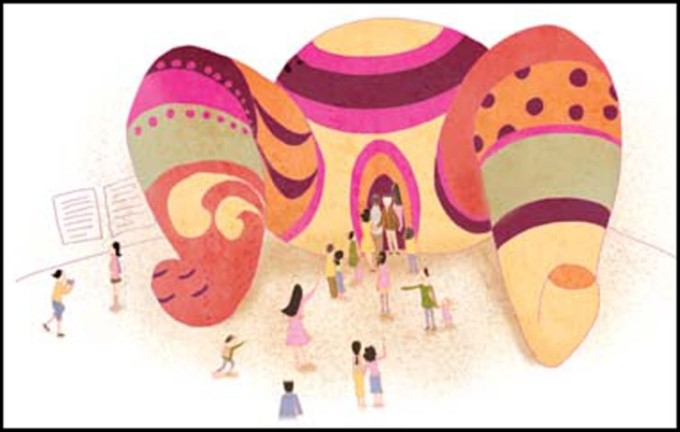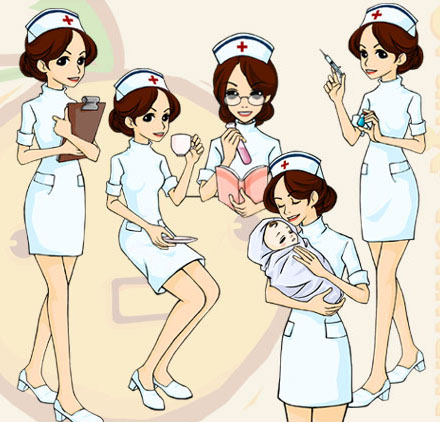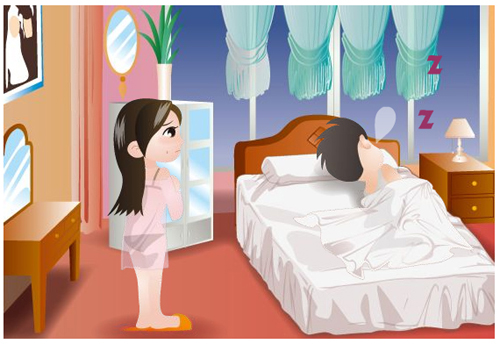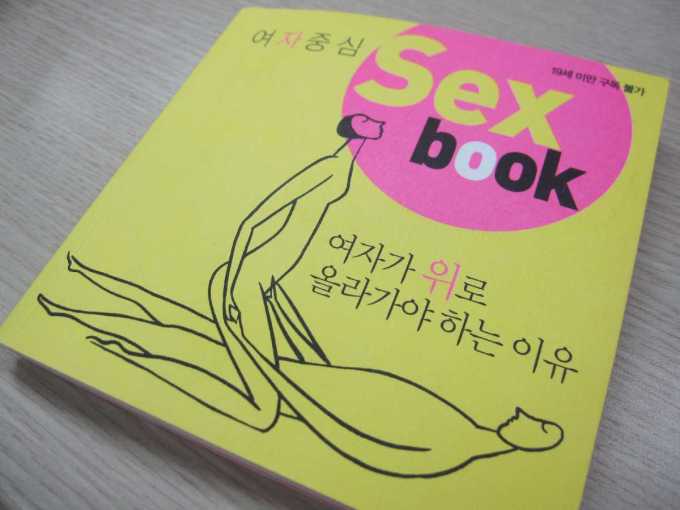A rare Korean government campaign promoting contraception use has many positives. But its motivations are anything but progressive.

Estimated reading time: 8 minutes. Image, via @smartlovekorea (Facebook): “Fun Waterplay! Sweet Couple Travel! The Secret to the Perfect Vacation · The Oral Contraceptive Pill ·”
Korea stands out for its over-the-counter access to the monthly contraceptive pill, and that’s awesome. Not just because sexual independence is a good thing in general, but because it’s essential when so many obstacles stand in the way of gaining that independence here, especially for unmarried women.
Despite that, only 2.5 percent of Korean women actually use the pill. Probably, due to a combination of not being educated about contraception at all in school or university, aggressive sterilization programs in the 1970s and ’80s, a knock-on tendency to leave contraception in men’s hands, and because of scaremongering by the Korean Medical Association. More recently, desperate efforts to raise Korea’s birthrate have dissuaded from government efforts at promoting contraception use in general, and played a big role in the (re)criminalization of abortion in 2010.
But that last was implemented by disgraced, former governments. So far, while the current Moon Jae-in administration has been no radical reformer of sexual rights, it is left of center, and operates in a shifted political climate of Me-too and the Gangnam murder. It is legally required to respond to a recent popular petition to legalize abortion, and this week was further pressured by the Korean College of Ob & Gyn’s announcement that its members would no longer perform abortions while its members faced punishments for doing so. Also, governments are never monoliths, as different ministries can oppose each other as they jockey for funding and jurisdiction. In particular, the Ministry of Gender Equality and Family (MOGEF) has officially supported legalization since as of this May, a 180 degree shift from its position under Moon Jae-in’s predecessors, and at odds with the Ministry of Defense that is concerned about its shrinking pool of conscripts. And there have always been excellent initiatives by various sex-education teachers, women’s rights groups, feminists, and NGOs operating in the background.
Which of those actors was behind this poster, encouraging hetero couples to use the pill? What were their motivations? Trick question—eagle-eyed readers will have already noticed the Ministry of Health and Welfare’s (MOHW) logo. Which makes it all the more remarkable.
Yes, remarkable. Sexual themes may well pervade the Korean media, but recall that even condom commercials are considered too risque for Korean consumers, only two ever making it to television screens in the 12 years since they were legalized. That’s indicative of how there are still such limits to discussing sexual relationships in Korea, which is why I’m so drawn to the rare, no-BS conversations about them favored by Korean feminist groups. And why I was so surprised to discover a government ministry acknowledging that, sometimes, people have sex just for fun.
Yet however refreshing, it seemed odd to focus on the pill, which doesn’t protect against STDs. For the sake of Koreans’ sex-lives, empowerment, and general well-being, shouldn’t the MOHW encourage the use of contraception in general? Including of those ever so vulgar French letters?
Fortunately, it does. Perusing the source, it emerges that many alternatives have indeed been promoted in the Ministry’s “Loveplan Campaign.” The “combined method” of the pill and the condom for instance, which I learned all the cool kids are now referring to as the “Double Dutch” method:
And shortly after I saw the poster promoting the pill, there was a new post about using condoms, with good advice about using a fresh one if there is a tear, to not use oil-based lubricants, and so on:

There are many more examples like it, which is just awesome. Any government should promote greater contraception use, and help spread awareness of all the different types available, as well as how to use them properly.
But I also learned the campaign was launched 3 years ago. And it got odd all over again.
Because that was during the Park Geun-hye administration, which was notorious for its hardline on abortion, and for using the aforementioned crucial access to the pill as a bargaining chip in a dispute between doctors’ and pharmacists’ associations—as well as making numerous other backward steps in Koreans’ sexual health and rights. In particular, the MOGEF, ironically, had been at the forefront of many these developments. So, if the MOHW had actually been its liberal, sex-positive counterweight during all that time, you can bet I would have noticed.
I hadn’t, because it wasn’t. As explained in The JoongAng Ilbo at the campaign’s launch, sadly it was never about sexual empowerment per se. Rather, it was entirely aimed at reducing the number of (illegal) abortions:
‘성’을 주제로 한 방송프로그램이 인기를 끌고, 숙박업소 광고도 안방에서 쉽게 접할 수 있을 정도로 ‘성문화’는 빠르게 개방되고 있다. 더불어 일명 ‘가출팸’ 사건과 같은 청소년 성범죄 비율도 10대 강력범죄의 70%를 차지할 만큼 빠르게 증가하는 등 그 문제점도 속출하고 있어 다양한 접근의 해결책이 요구되고 있다.
Through the popularity of television programs with sexual themes, and the increasing ease of finding love hotel advertisements, a “sex culture” is rapidly opening up. In addition, as the proportion of teenagers’ sex crimes such as “Runaway Family” incidents* account for 70% of all teenagers’ major crimes and is also rapidly increasing, various measures should be addressed in order to tackle these problems.
*(“Runaway Families” refers to runaway teens living together for support; implicit is that many must turn to sex work to do so.)
특히, 개방된 성문화로 인한 무분별한 인공임신중절 시술의 문제점으로 95%정도가 불법시술인 것으로 나타났으며, 이로 인해 청소년은 물론 성인들의 신체적, 정신적 건강을 위협하고 목숨까지 앗아가는 등 심각한 사회문제로 대두되고 있다.
In particular, this opening sex culture is responsible for 95% of casual, illegal abortions, and this is causing serious social problems due to the damage caused to teenagers’ and adults’ physical and mental health, even leading to suicide.
이와 같이 나날이 증가하고 있는 무분별한 인공임신중절 사례, 만연하게 퍼진 생명경시풍조 등과 같은 현 사회적 세태에서 보건복지부가 진행하고 있는 「2015 인공임신중절 예방 캠페인: 러브플랜」은 생명존중 문화와 올바른 성문화를 조성하고자 하는 점에서 중요한 의의가 있다…
Consequently, the MOHW is launching a “Loveplan, 2015 Abortion Prevention Campaign” to create a culture of respect for the sanctity of life and encourage a healthy and responsible sex culture…
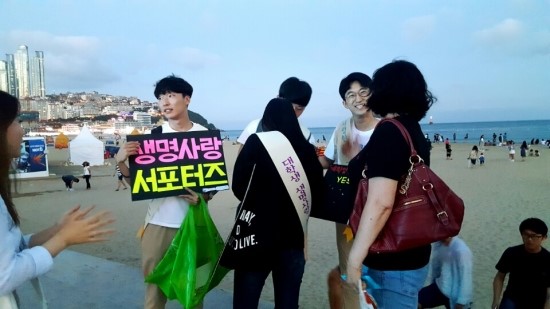
…보건복지부는 청소년에게는 생명존중의식과 미래의 건강한 부모가 되기 위한 책임 있는 선택을, 미혼남녀에게는 양성평등에 입각한 책임 있는 사랑과 계획을, 가임부부에게는 건강한 아이를 출산하기 위한 계획 임신 등 상황에 따른 메시지를 전파하고 있다. 이는 인공임신중절 예방을 위한 실질적인 실천으로 이끄는 견인차 역할을 하고 있다.
…The MOHW is committed to spreading the message of the importance of respecting the sanctity of life, and to promoting sexual responsibility and planning based on gender equality for unmarried men and women, in order that they will become responsible parents in the future and raise healthy children. These goals drive its emphasis on promoting practical contraceptive methods for the prevention of abortion.
♥
The article goes on to talk about its various promotion methods, which include(d) working with “LifeLove Supporter” university groups. For example, with Pyeongtaek University students, Hongik University students, and these students from an unspecified Busan university in 2016 (photo above); with Daegu University and Yonsei University students in 2017; and with these students from an unspecified Jeonju university this July. In fact, these groups predate the Loveplan campaign, which itself seems heavily based on an earlier “Lovekeepers” campaign.”
It’s difficult to feel any anger towards such friendly-looking, probably genuinely helpful and concerned young students. And even among pro-choice activists, who wouldn’t want the abortion rate to go down? The students are also mainly just educating people about contraception, and promoting men and women’s equal involvement in their use. So, all power to them, right?
Wrong. Because it doesn’t matter where you are in the world, when someone comes towards you with a big sign that that says something about loving or respecting “life” on it, 99 times out of 100 you know it’s not your lovelife that they’re advocating for.
And with this campaign’s stress that abortions are illegal and to be avoided, implicit is that they are morally wrong.
But abortions are not a necessary evil, the last, distasteful resort of irresponsible couples. Contraception doesn’t always work. People can change their minds as they realize they’re not ready for a child. Couples can break up. Raising a child isn’t easy, and societies shun single mothers (especially Korean society). People can lose their jobs, and realize they can no longer afford to have a child. And so on. And hell, irresponsible couples have just as much of a right to abortion as anyone else too.
In other words, people will always need abortions, and will always have abortions, whether they’re legal or not. The only difference their legality makes is whether they can have safe ones, or whether many will die from the procedure.
Ergo, abortion is a GOOD thing.
In the past, friends of mine have been amused when I’ve accidentally said I’m “pro-abortion” rather than “pro-choice”, but that’s no longer a mistake on my part.
Here’s hoping for a positive, very overdue response by Moon Jae-in to the petition for the legalization of abortion then. And with it, a refocusing of this campaign.
Related posts:

If you reside in South Korea, you can donate via wire transfer: Turnbull James Edward (Kookmin Bank/국민은행, 563401-01-214324)
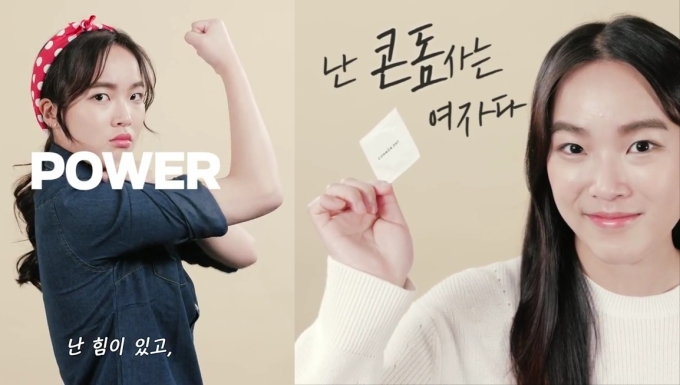 Estimated reading time: 5 minutes. All screenshots via YouTube.
Estimated reading time: 5 minutes. All screenshots via YouTube.

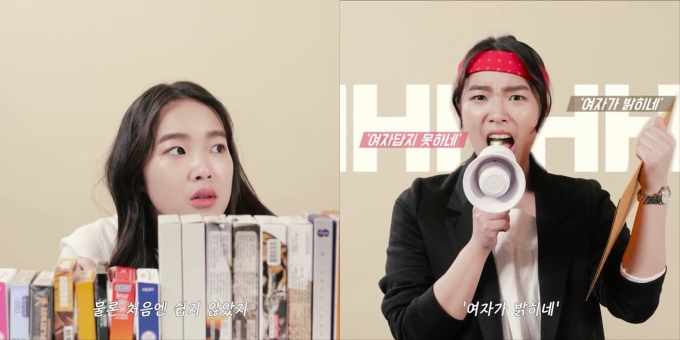
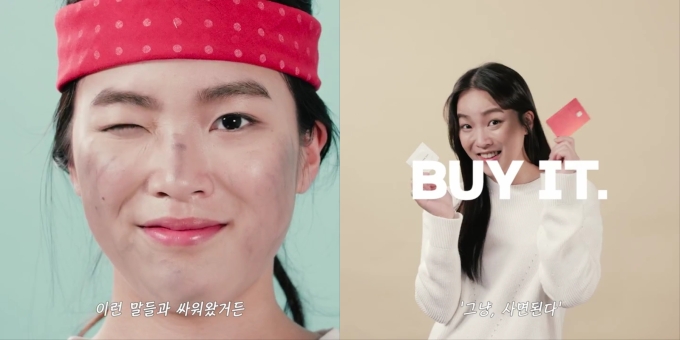
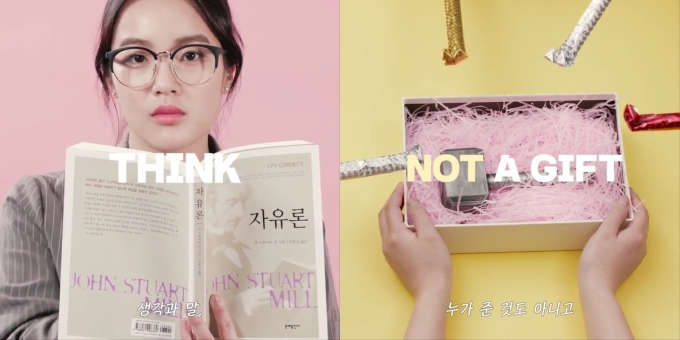
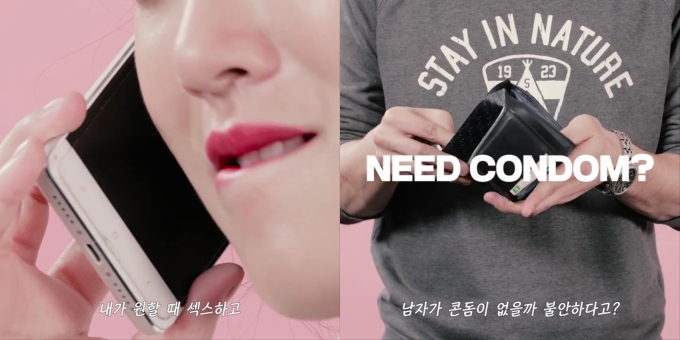
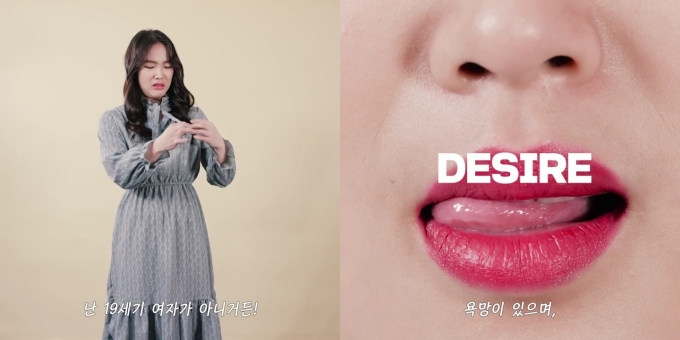
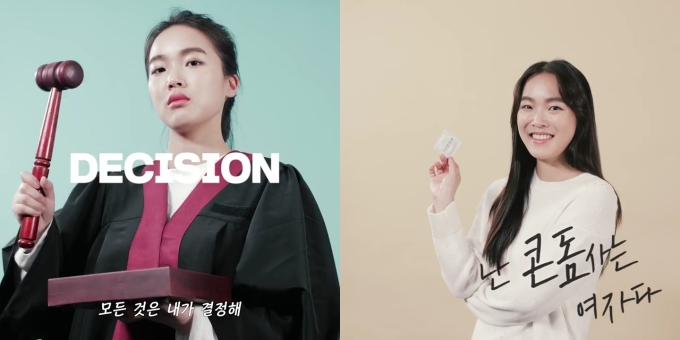
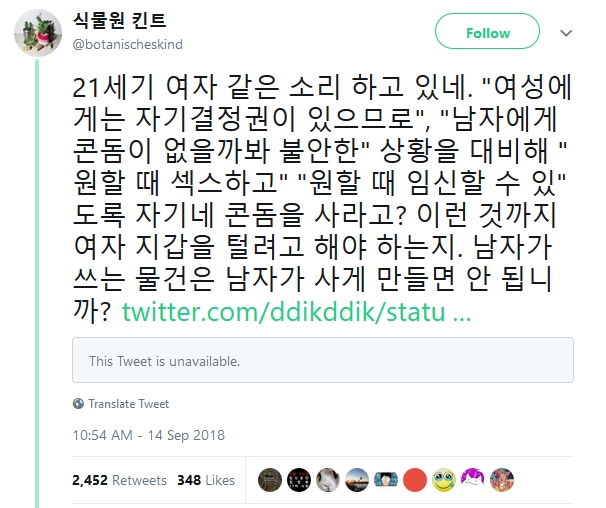
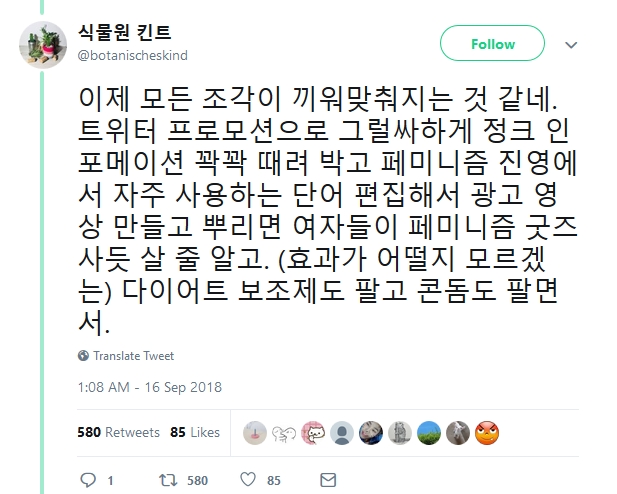


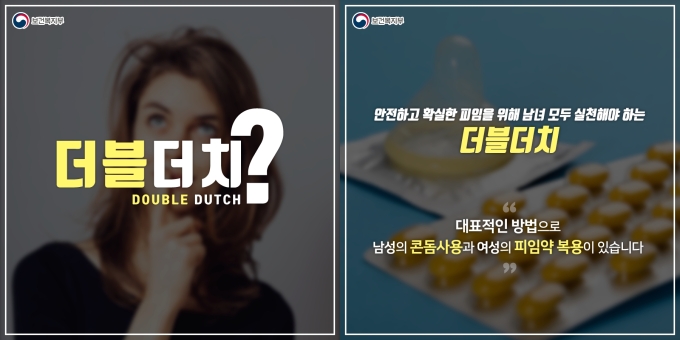



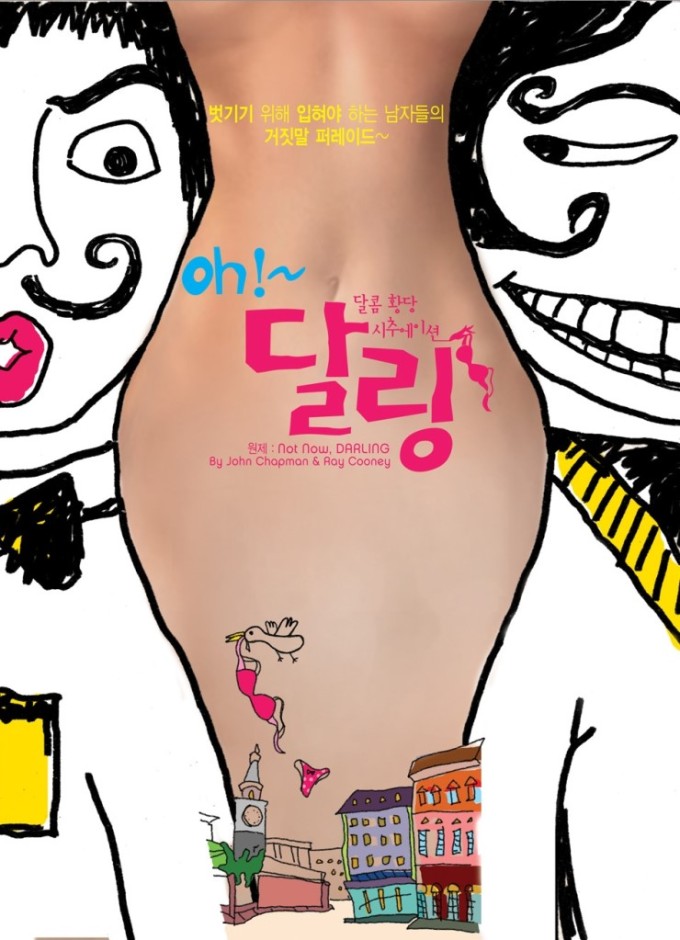
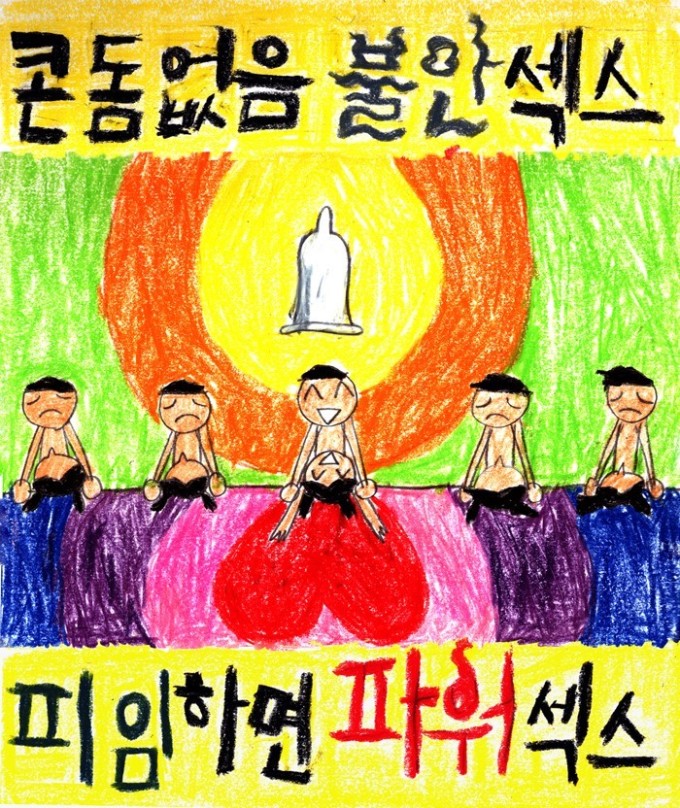
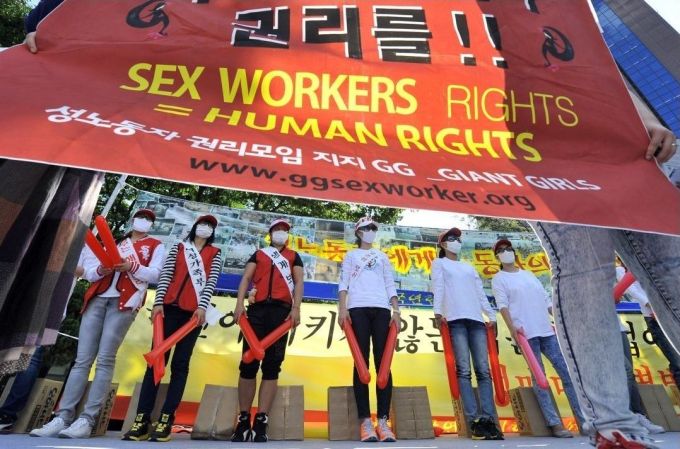
![[Image 2] Istvan Gabor Takacs HCLU](https://thegrandnarrative.files.wordpress.com/2012/04/image-2-istvan-gabor-takacs-hclu.jpg?w=680&h=251)

![[Image 4] RPK Social Media Banner](https://thegrandnarrative.files.wordpress.com/2012/04/image-4-rpk-social-media-banner.jpg?w=680&h=251)

